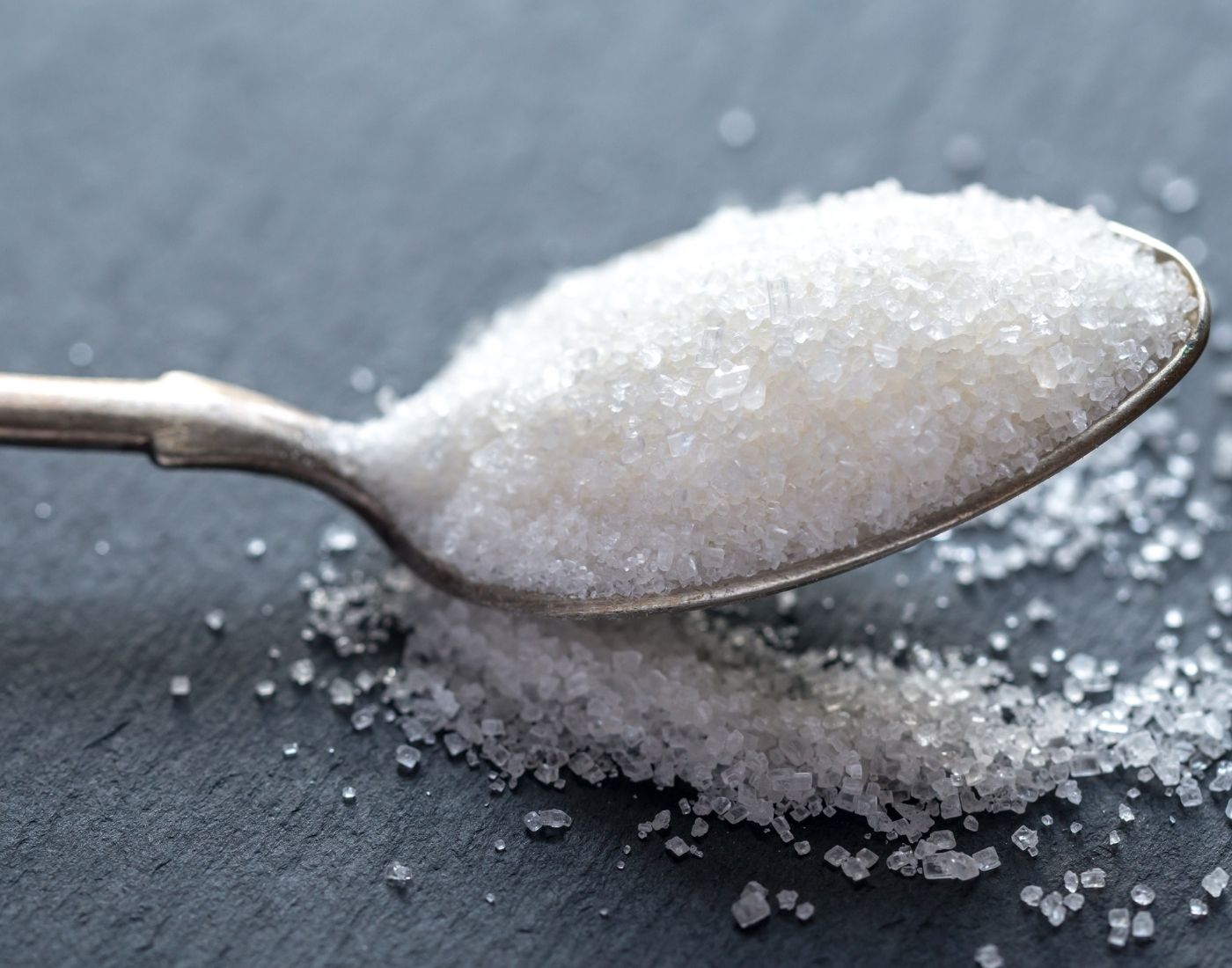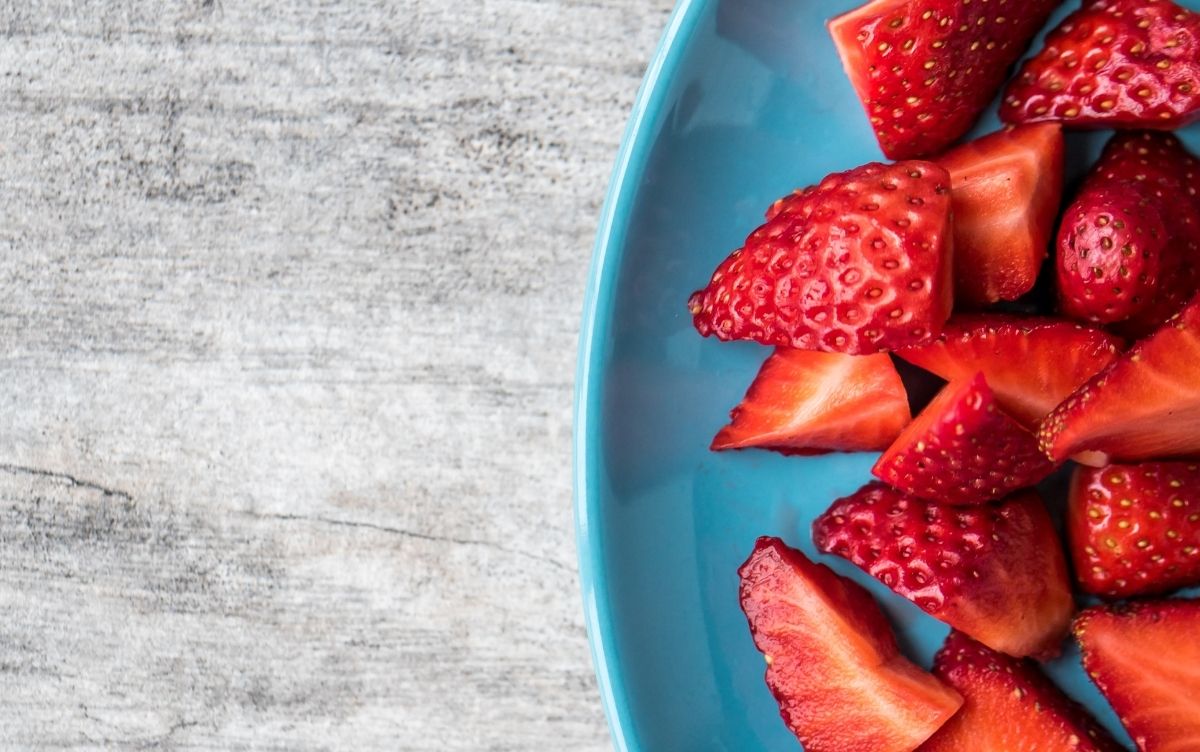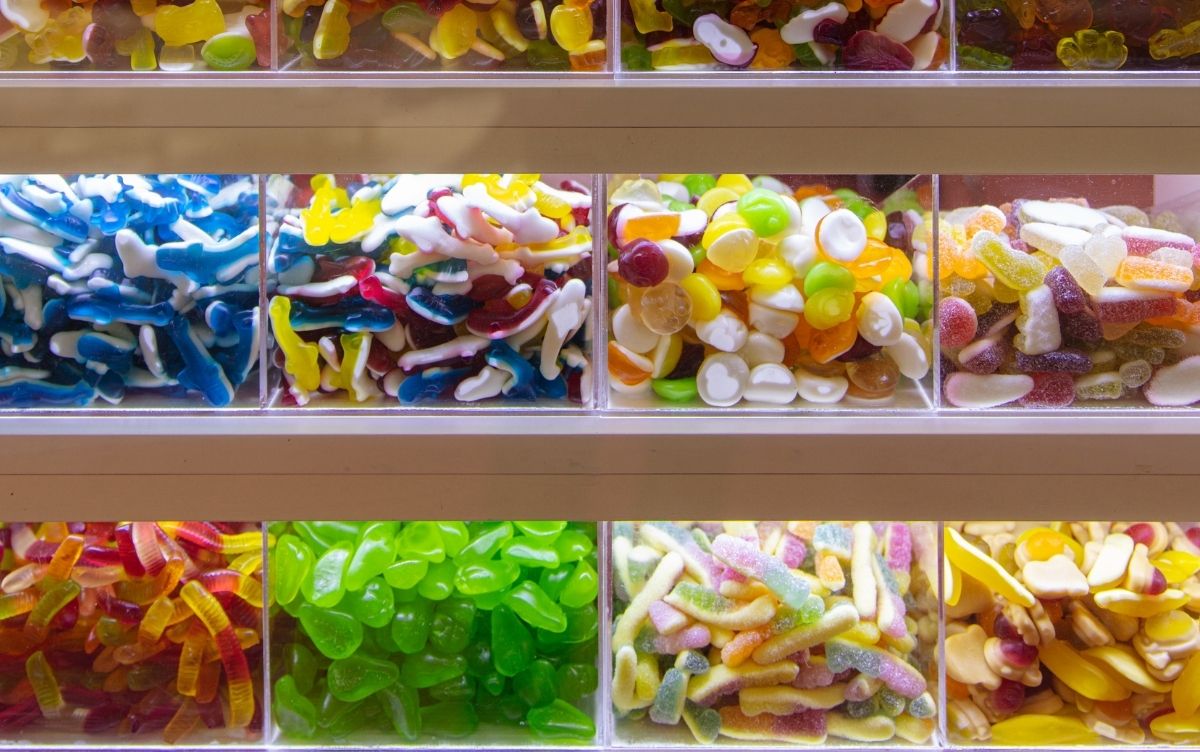The type of sugar we need to eat less of is called 'free sugar'. This includes sugar added to food or drink, and those found naturally in honey, syrups and fruit juices. We don’t need to worry about sugar which is naturally present in whole fruits, vegetables or milk.
Sugar
To reduce our risk of health problems, it is best to have sweetened foods and drinks less often, and in smaller amounts

Sugar and a healthy diet
Daily sugar intake recommendations
The recommended maximum daily sugar intake limit of free sugar for an adult is 30g a day – that’s around 7 sugar cubes.
Children should be having less free sugar than adults. The maximum amount per day depends on their age:
- children aged 1 year: no more than 10g of free sugars a day (2 and a half sugar cubes)
- children aged 2 to 3 years: no more than 14g of free sugars a day (3 and a half sugar cubes)
- children aged 4 to 6 years: no more than 19g of free sugars a day (around 5 sugar cubes)
- children aged 7 to 10 years: no more than 24g of free sugars a day (6 sugar cubes)
- children aged 11 and over: no more than 30g a day (7 sugar cubes)
Good to know
Foods like sweets, chocolate, biscuits, cakes, sweet pastries, puddings and sugary drinks are high in calories, fat, sugar and/or salt, and don’t offer many nutrients. Try to eat these in smaller amounts, less often, or replace them with fresh fruit and veg.
Consuming less sugar
Too much sugar can cause tooth decay, particularly when eaten between meals. Sugars found naturally in whole fruits are less likely to cause tooth decay but when fruit is juiced or blended the sugars are released which can then damage teeth. Fruit juice and smoothies do count towards your five a day, but it is best to:
- choose unsweetened varieties
- limit them to one small glass (150ml) a day
- drink fruit juice with a meal rather than on its own as this can help reduce the risk of tooth decay

Good to know
Dried fruit can also count towards your five a day. To reduce the risk of tooth decay, dried fruit should enjoyed as part of a meal, rather than a snack between meals, and limited to a portion of around 30g.
Free sugar and health
Reducing how much free sugar you eat can help lower your risk of health conditions like type 2 diabetes, tooth decay and heart disease.
Eating and drinking too much free sugar makes it easy to take in more calories than we need, which may lead to weight gain, obesity and related health conditions. Learn more about diet and health conditions.
Here are some more tips for eating less free sugar:
- replace sweetened drinks with water or unflavoured low-fat pasteurised milk or sugar free drinks like tea and coffee
- if you like fizzy drinks, try adding fresh fruit to sparkling water
- remember that unsweetened fresh fruit juice and smoothies are high in free sugar, so avoid drinking more than one small glass (150ml) a day
- cut back on honey, syrup, sugar and jam – try reducing the amount you add little by little
- swap sugary breakfast cereals for plain cereal like porridge oats, whole wheat or shredded biscuit cereals
- add fresh fruit to cereal and plain yogurt rather than having products with added sugar

Sweeteners
Sweeteners are ingredients used to add sweetness to food and drinks, often to replace sugar. All sweeteners in food and drinks in Scotland are thoroughly tested for safety before they can be used.
Food and drinks sweetened with free sugar or sweeteners should not be provided to young children. For older children and adults, no added sugar, reduced sugar or sugar free versions of food and drinks, including those with sweeteners, can be a useful alternative to those with added sugar in the short term, as a stepping stone in reducing sugar intake.
However, over time, although sweeteners are safe to be used within food and drinks, you may wish to reduce intake of products containing them, especially if you are having these frequently. Reducing sugar and sweetener intake can benefit our health and help make it easier to choose foods that taste less sweet.
It might not always be clear which products contain sugar or sweeteners, so it’s best to check the label.
Look at the label
Check the label and pick food and drink with less sugar, choosing lower-sugar or sugar-free alternatives where possible. Some pre-packaged items have colour-coded labels on the front that tell you if the item is high, medium or low in sugars, fat, saturated fat and salt. Pick products with more greens and ambers and fewer reds on the label.
But watch out - sugar isn’t always called sugar. Things like cane sugar, honey, brown sugar, high fructose corn syrup, fruit juice concentrate, fructose, sucrose, glucose, and nectars are all free sugars too.
Although you can look at the ingredient list, it can be difficult to know when a product contains a sweetener, as some come under different names or may use the E number. E numbers on additives mean they have passed safety tests and have been approved for use in Great Britain, including Scotland. Some common sweeteners include:
- aspartame (E951)
- acesulfame K (E950)
- saccharin (E954)
- sucralose (E955)
- stevia (E960)
Just because a product claims to be sugar-free doesn’t mean it’s free from sweeteners. Look for labels that say:
- no added sugar
- sugar or calorie free
- reduced sugar or calorie
- low or zero sugar or calorie
- diet
Sweeteners can often be found in fizzy and flavoured drinks, sweets, baked goods, and other sugary snacks. However, they also may appear in many less obvious foods and drinks, including:
- fruit juice
- flavoured yogurts
- salad dressings
- pasta sauces
- protein bars and drinks
- condiments and sauces like ketchup, barbecue sauce, and mayonnaise
